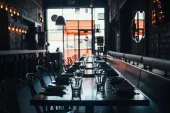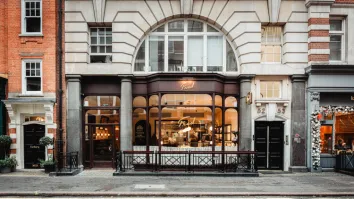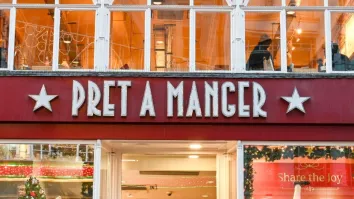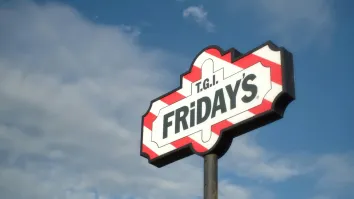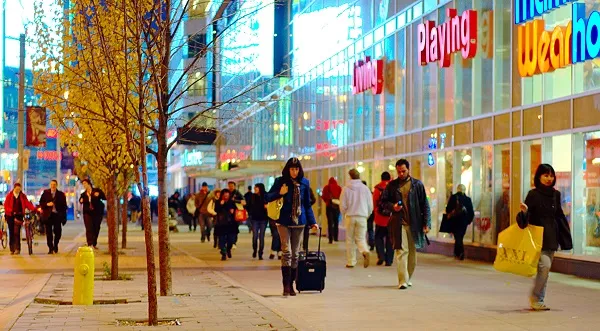
Independent shops opening in 2015 falls from 11 a day in 2010 to just one a week
Data released by LDC and British Independent Retailers Association (bira) showed that independents opened the fewest number of shops in Britain’s top 500 town centres since LDC records began in 2009. Independent shops saw an increase of just +117 shops (+0.11%) in 2015 versus a peak of growth of 4.01% (+3,949 shops) in 2010.
Analysis of town centres, shopping centres and retail parks showed that chain retailers have continued to decline with a net loss of -1,147 shops (-0.59%) in 2015 across GB, which compares to -1,436 shops (-0.76%) in 2014.
In 2015 the net change in Independents was +476 units (+0.18%) versus +559 (+0.21%) in 2014. A total of 68,100 Independents either opened (34,288) or closed (33,812), down on 2014 where 69,207 opened (34,833) or closed (34,324).
Comparison goods (non perishable goods) shops net change was unchanged in 2015 at -1.25% (-1.25% in 2014). This is a net decrease of -989 units, exactly the same as 2014 where the net decline was -989 units.
Leisure (restaurants, cafes, bookmakers & entertainment) uses growth has increased by +0.31% in 2015 from a growth rate of +0.25% in 2014. In 2015 there was a net increase of +250 units versus a net increase of +200 units in 2014.
Convenience retail (bakers, butchers, food shops, & supermarkets) saw a net increase of +178 units (+0.66%) in 2015 versus an increase of 299 units (+1.14%) in 2014.
Service retail (health & beauty, financial services, tattoo parlours and estate agents) increased by the greatest number of units, albeit at a slower rate than 2014, at +1,037 units (+1.25% versus +1.30% in 2014).
According to the research, key growth sectors have been barbers, cafes, tobacconists/e-cigarettes, and hair & beauty salons. Sectors in decline include women’s clothing shops, pubs, newsagents and Indian restaurants.
Tobacconists/e-cigarettes (+54%) and American Restaurants (Hamburgers) (+36%) have increased the most as a percentage of their total occupied units. The Yorkshire and the Humber showed the greatest increase of independents at +189 units (+0.81%) versus +183 units (+0.82%) in 2014.
Greater London continued to show the greatest decline of independents at -347 units (-0.51% versus -0.34% in 2014). South West has shown the greatest change in fortunes reversing a net increase of +231 units in 2014 to a modest increase of +27 units. Sparkhill, Birmingham has the accolade of the highest percentage of independents at 0% of its total occupied units (based on locations with 50+ units). Telford is the town with the least percentage of independents (clone town) at only 1% (GB average is 65%) (based on locations with 50+ units).
Wider analysis of in and out of town locations showed that Retail Parks continue to see a positive increase in occupancy (+0.31%), whilst High Streets increased by +0.37%. Shopping Centres still saw the biggest net increase in occupancy of +1.41% in 2015, a swing of +139 units from 2014. Shopping centre owners are starting to see the value of having Independents in their shopping centres.
Independents now account for 65% (-1% change from 2014) of all retail and leisure units in Great Britain.
Click here to download the full press release from the LDC website.

